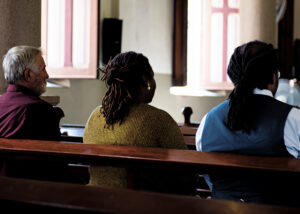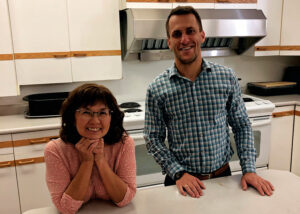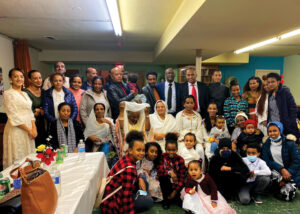It took two weeks and some intense times together, but by the second “cultural night” of NARPI (Northeast Asia Regional Peacebuilding Institute), groups were no longer isolated by country or regional cultures. A Mongolian and Japanese team did a dance, Korean and Japanese women led a song, and Chinese and Mongolian participants were the emcees. Yet the richness of each person’s identity was clearly present.
This is a gift: diversity in unity. It’s also the vision to which the church is called. Diversity is not just by country groups, either, although many congregations still need lots of practice on how to worship with diverse cultures and languages and not allow one to take over the others.
The bigger challenge is likely the diversity of ideologies and ways of doing things. No one likes to work together with someone who does things differently to the extent that it takes more work. I think, though, that this is exactly what the church needs — not congregations of people who are efficient and like-minded, which is an industrial model, but a group of process-oriented, time consuming, differently thinking people who show their societies that unity and diversity are not opposites — the ecclesiastical model.
Are we up to the challenge? We don’t need to travel or speak a different language to try. The next time you find someone who disagrees with you, think about how your response could model the radical reality of diversity and unity together.





